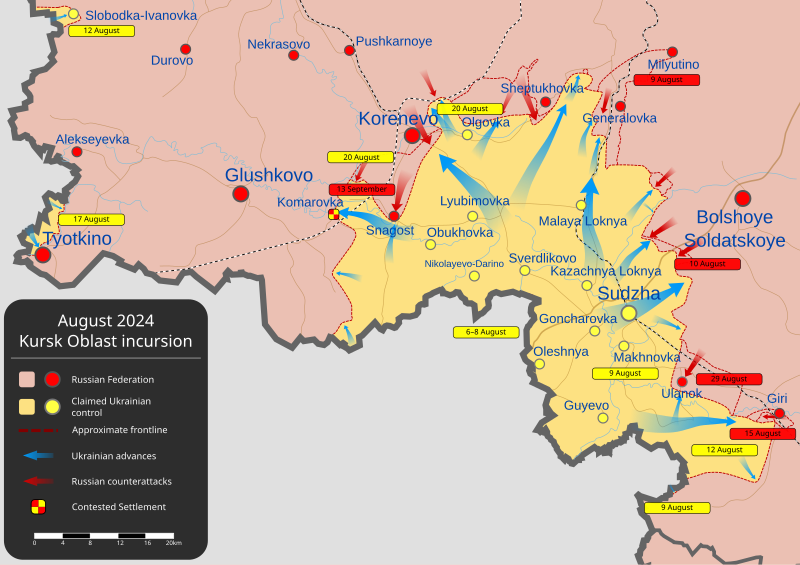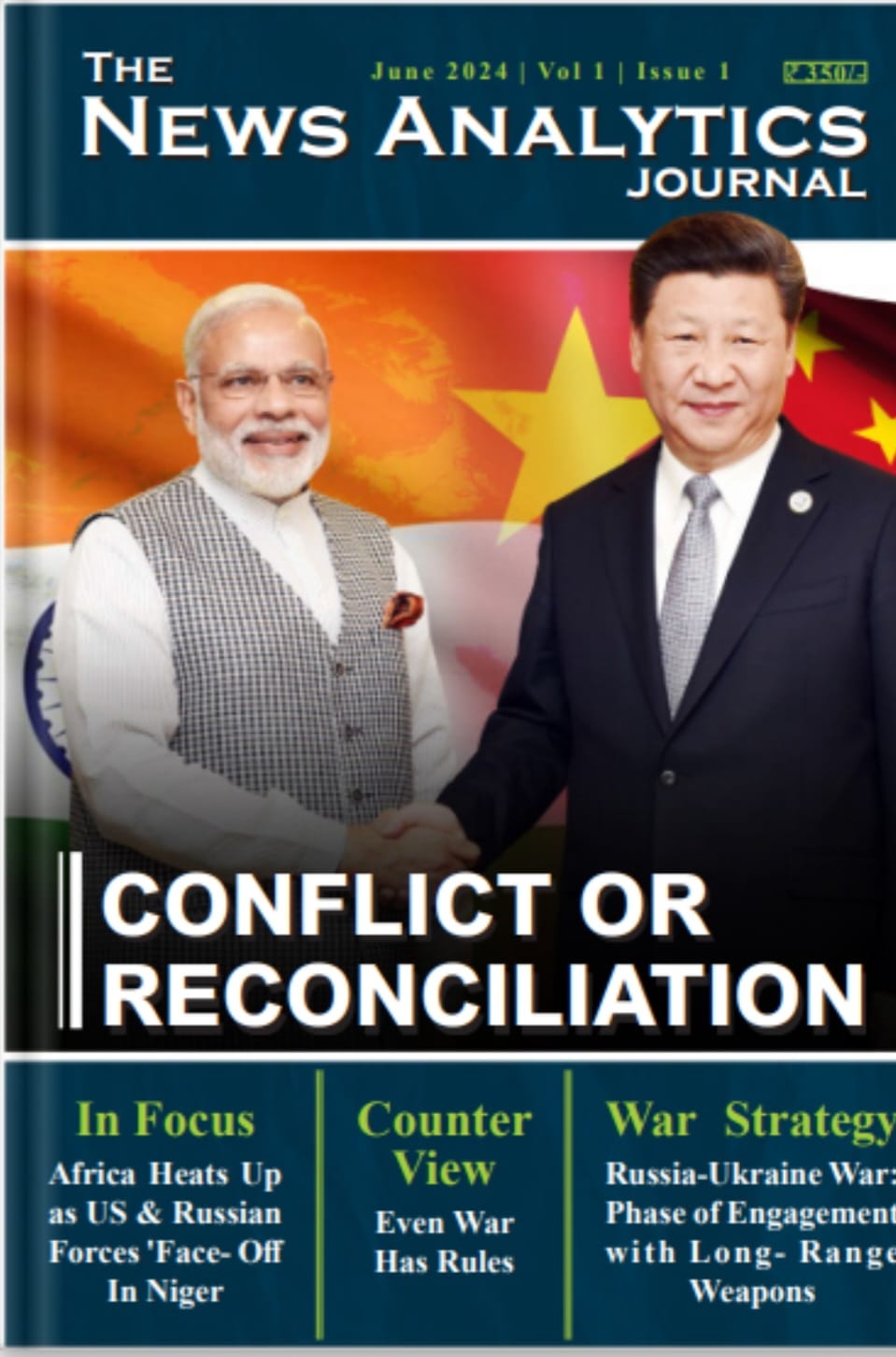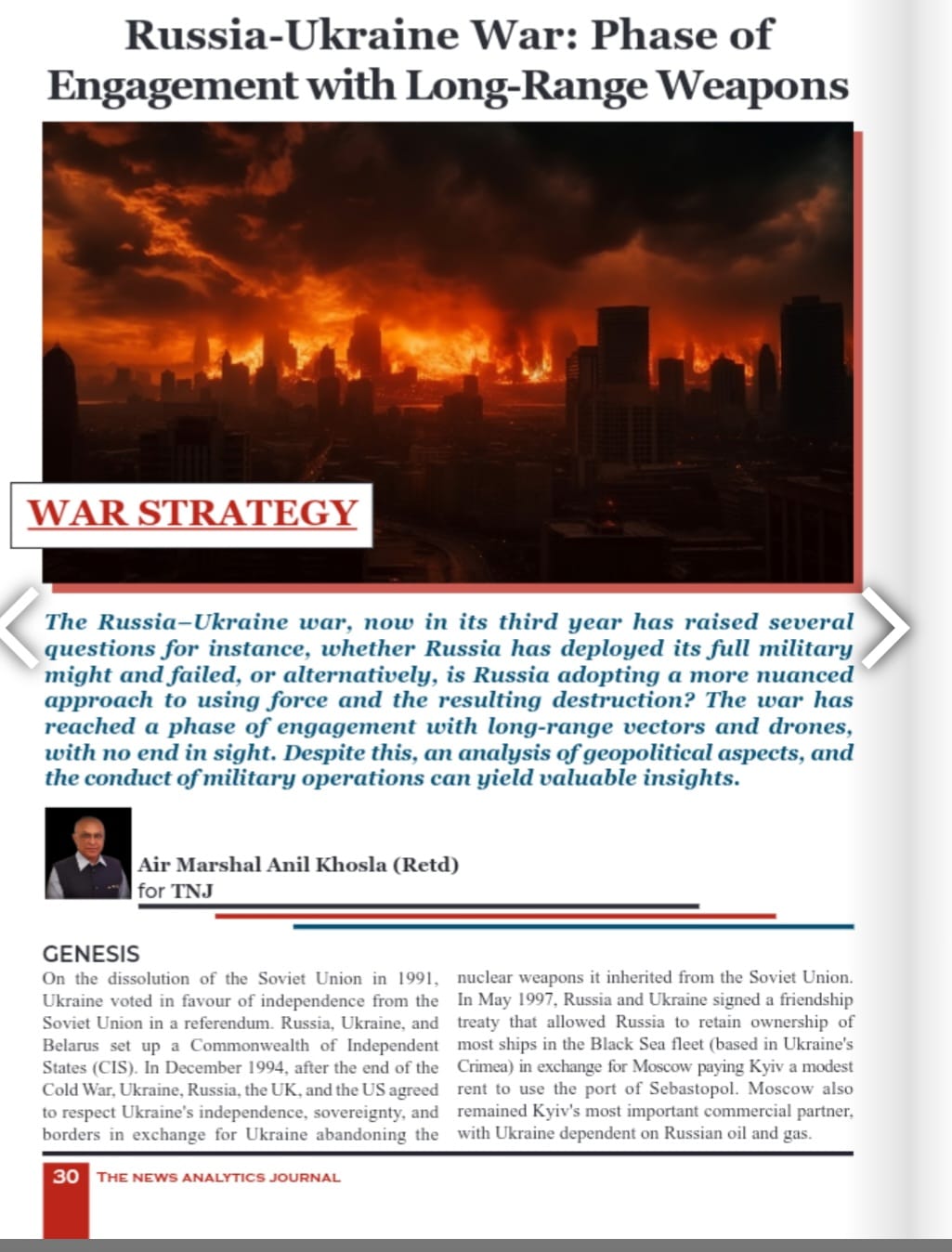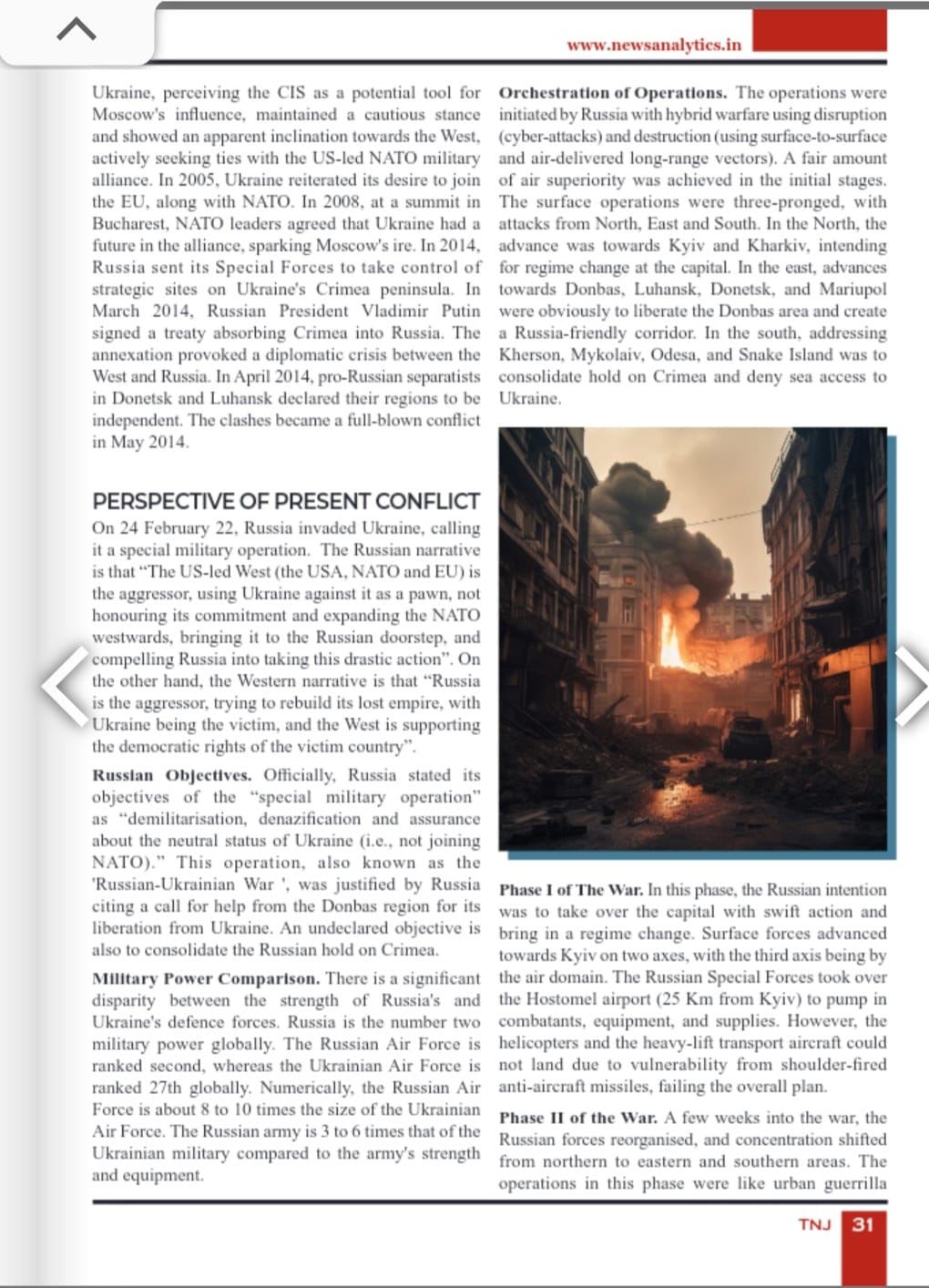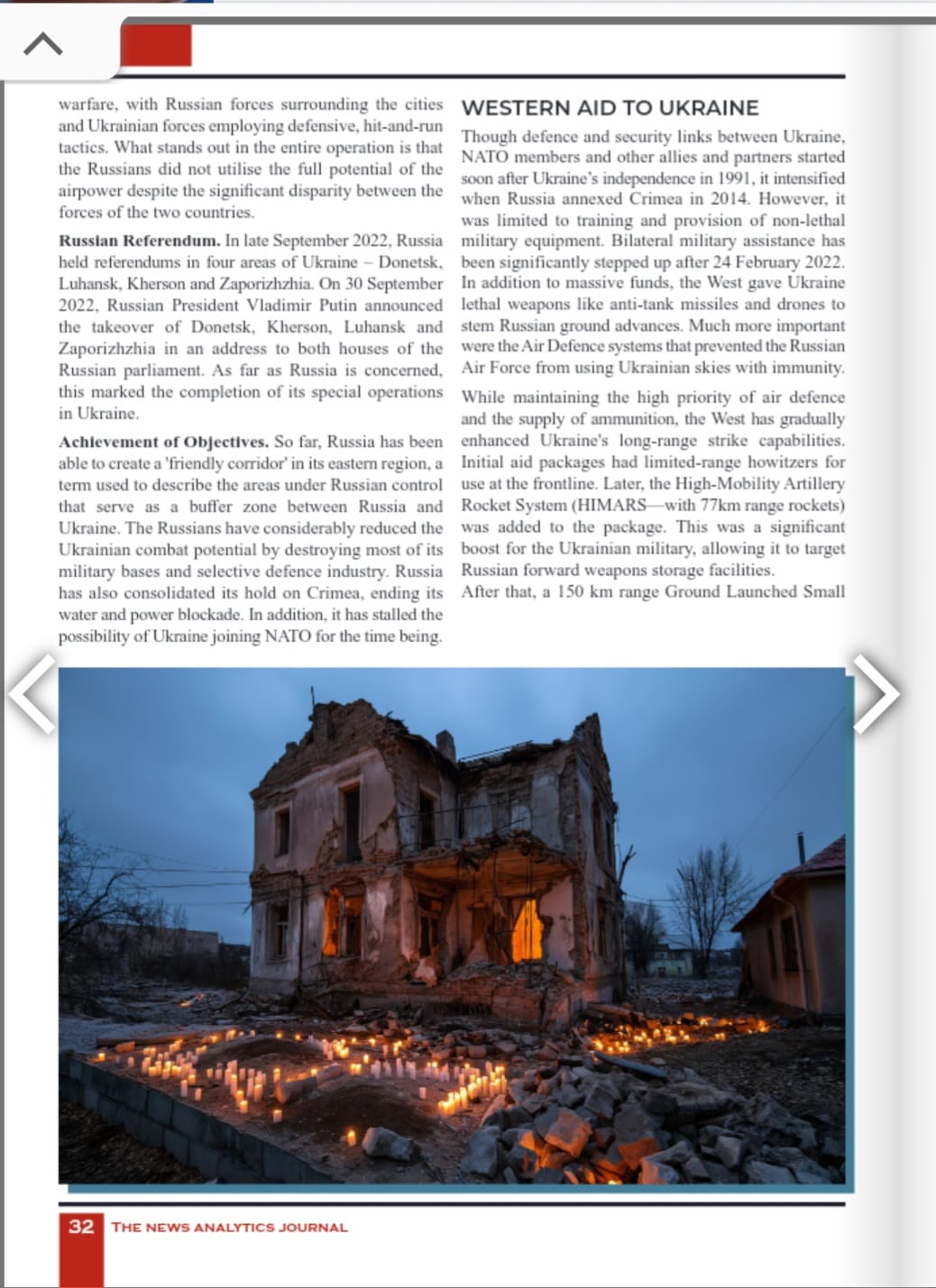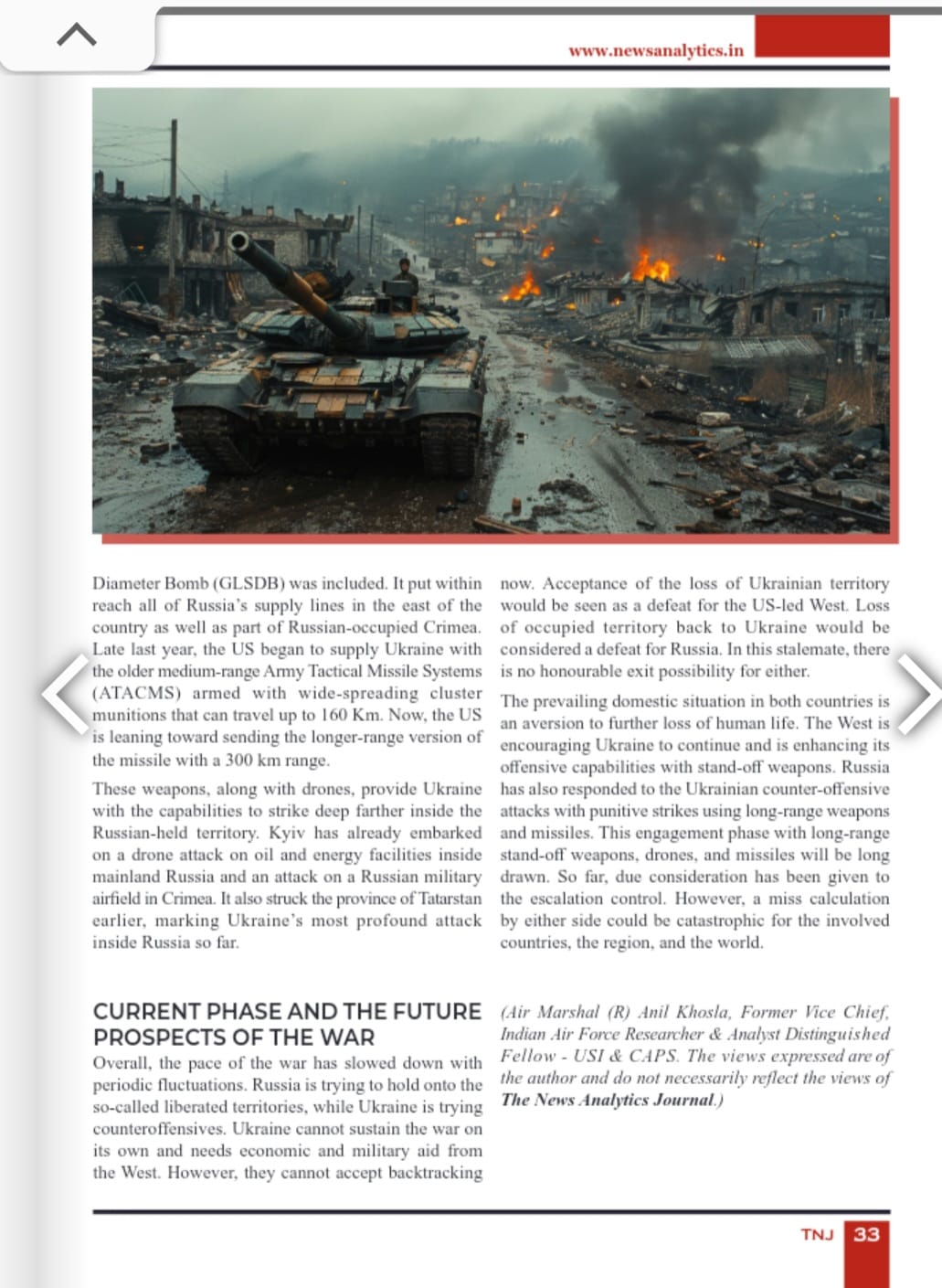
My Article published on the Indus International Research Foundation website on 27 Nov 24.
“Cold War 2.0” describes the re-emergence of intense geopolitical competition between major powers, mainly the U.S. and China, and Russia’s increasingly assertive foreign policy. This framework parallels the original Cold War, which saw the United States and the Soviet Union locked in ideological and strategic rivalry. However, the current scenario has distinctive traits shaped by global interconnectedness, economic interdependence, and digital warfare.
Economic Interdependence and Competition. Unlike the U.S.-Soviet rivalry, the current era is marked by deep financial ties between rival states. For instance, the U.S. and China have significant trade and investment links, creating a complex relationship between competitors and economic partners. This has led to policies like “decoupling” and “friend-shoring,” where nations look to limit economic dependencies with strategic rivals, especially in critical sectors like technology and energy.
Tech and Cyber Dominance. The competition now prominently features digital spaces and technological development. China’s rise in artificial intelligence, 5G networks, and quantum computing has led the U.S. and its allies to push for greater control over digital infrastructure and intellectual property. Cyber security is another battlefield, with accusations of hacking and surveillance shaping security policies and alliances.
Military Posturing and Arms Races. The military build-up is also central to Cold War 2.0. While nuclear capabilities remain crucial, the focus has expanded to space warfare, hypersonic missiles, and advanced drone technology. For example, the U.S. Indo-Pacific Strategy counters China’s growing military influence in Asia. At the same time, Russia’s recent actions in Ukraine have led NATO to strengthen its military presence on Europe’s eastern flank.
Ideological Clashes. While less ideological than the original Cold War, there is a growing divergence between the democratic and authoritarian governance models, particularly as China promotes its model as an alternative to Western liberalism. This has led to ideological contestation in digital governance, human rights, and trade rules, with each power attempting to influence international norms and institutions to reflect its values.
Strategic Alliances and Blocs. The current rivalry sees the emergence of new alliances and a revival of older ones, such as NATO and the Quadrilateral Security Dialogue (Quad) among the U.S., Japan, India, and Australia, which aims to counterbalance China’s influence in the Indo-Pacific. Similarly, China and Russia are strengthening their ties, often working together in the United Nations and other forums to counter Western initiatives.
Resource Control and Economic Leverage. Access to resources such as rare earth metals, energy, and food is another area of strategic competition. China’s Belt and Road Initiative (BRI), which funds infrastructure projects across Asia, Africa, and Latin America, is seen as expanding its influence by creating economic dependencies. The U.S. counters with its initiatives, such as the Build Back Better World (B3W) program, which offers alternatives for development financing.
Impacts on Global Relations. The emergence of Cold War 2.0 has led to shifting alliances, with some nations choosing sides and others attempting a non-aligned approach to maintain autonomy. Middle powers like India, Brazil, and South Africa find themselves balancing between the two giants, shaping new multilateral dynamics. Meanwhile, the increased emphasis on national security in trade and technology policies is reshaping globalisation, potentially leading to more isolated economic blocs.
Comparison of Drivers of the Earlier and Current Cold War
The drivers of the original Cold War (1947–1991) between the U.S. and the Soviet Union differ from those of today’s “Cold War 2.0,” primarily between the U.S. and China, with Russia playing a significant but secondary role. These geopolitical, ideological, and technological rivalries reveal continuities and marked differences.
| Sl No | Drivers | Differences |
| 1 | Ideological Rivalry |
Earlier Cold War: The U.S. and the Soviet Union were divided by sharply contrasting ideologies: capitalism and democracy versus communism and authoritarianism. Each superpower sought to promote its ideology globally, often through proxy wars, propaganda, and cultural influence campaigns. Current Cold War: Although there’s still an ideological component, the divide is less rigid. The U.S. advocates liberal democracy, while China’s governance model blends authoritarianism and state-led capitalism. Rather than openly promoting its ideology as a direct alternative, China emphasises economic development and “pragmatic” governance as models for stability and growth. There’s less overt ideological export and more influence through economic interdependence and development projects like the Belt and Road Initiative (BRI). |
| 2 | Geopolitical Power Struggles
|
Earlier Cold War: The rivalry largely revolved around Europe, with proxy conflicts extending to Asia, Latin America, and Africa. The focus was to prevent either side from gaining influence in these regions, as seen through U.S. and Soviet interventions in Korea, Vietnam, Afghanistan, and other hotspots. Current Cold War: The U.S. and China focus on the Indo-Pacific region as the primary sphere of influence, with attention to Southeast Asia, Taiwan, and the South China Sea. The U.S. is strengthening alliances with Japan, Australia, India (QUAD), and other Indo-Pacific partners, while China is extending its influence through its BRI and increasing its military presence in disputed territories. Russia, meanwhile, has focused on asserting control in Eastern Europe, as seen in the Ukraine conflict, though this rivalry is more geographically constrained. |
| 3 | Economic Rivalry and Interdependence
|
Earlier Cold War: The U.S. and Soviet Union had limited economic interactions, creating two largely independent blocs. Economic influence was exerted through aid programs (like the U.S. Marshall Plan) and political-economic treaties with allied countries. Global trade and economies were less intertwined, allowing for distinct capitalist and socialist economic systems. Current Cold War: Economic interdependence is a defining factor. China and the U.S. are each other’s largest trading partners, and both economies are deeply embedded in global supply chains. Despite economic competition, each depends heavily on the other. This dynamic has led to “selective decoupling,” where each side aims to reduce dependence on critical technologies and resources without severing all economic ties. This is especially prominent in sectors like semiconductors, 5G, and renewable energy technologies. |
| 4 | Technology and Cyber Warfare
|
Earlier Cold War: The technological competition focused on space, nuclear capabilities, and conventional military technology. The “Space Race” and “Arms Race” were significant components, with the Apollo moon landing and arms treaties like SALT (Strategic Arms Limitation Talks) symbolising the intense scientific and military rivalry. Current Cold War: The focus has shifted to advanced technologies like artificial intelligence (AI), quantum computing, and cyber security. Cyber warfare has become a core area of conflict, with cyber-attacks, espionage, and influence operations playing significant roles. There’s competition for dominance in 5G networks and critical infrastructure control, with concerns about digital sovereignty, surveillance, and influence operations on social media. This “Tech Race” lacks the clear-cut technological “wins” of the Space Race, but it’s arguably more pervasive and impactful on civilian and governmental life worldwide. |
| 5 | Military Strategies and Posturing
|
Earlier Cold War: The focus was on nuclear arms buildup and deterrence through Mutually Assured Destruction (MAD), with proxy wars to avoid direct confrontation. NATO and the Warsaw Pact were established, and military posturing often involved nuclear tests, displays of military hardware, and highly symbolic confrontations (e.g., the Cuban Missile Crisis). Current Cold War: While nuclear deterrence remains, military competition now involves a broader range of strategies, including space militarisation, hypersonic missile development, and significant advancements in drone and cyber warfare. China is focused on expanding its naval capabilities and power projection in the South China Sea, while the U.S. strengthens its presence in the Indo-Pacific. Russia’s invasion of Ukraine has led to a renewed focus on NATO’s defensive posture in Europe. |
| 6 | Alliances and Proxy Conflicts
|
Earlier Cold War: Alliances like NATO and the Warsaw Pact formalised the division of East and West. Many proxy conflicts emerged, particularly in developing regions, where both superpowers supported opposing sides to prevent ideological shifts. Examples include the Korean and Vietnam Wars and the Soviet invasion of Afghanistan. Current Cold War: Alliances are less rigid, and there’s an emphasis on “flexible” partnerships. The U.S. builds security frameworks like the Quad and AUKUS (Australia, the U.K., and the U.S.) while strengthening alliances like NATO. China, meanwhile, does not engage in formal military alliances but leverages economic influence through the BRI and diplomatic coalitions like the Shanghai Cooperation Organization (SCO). Russia uses its influence in post-Soviet states and controls Eastern Europe and the Middle East. |
| 7 | Propaganda and Influence Operations
|
Earlier Cold War: The U.S. and Soviet Union engaged in direct propaganda campaigns, including Radio Free Europe, cultural exchanges, and global information wars to win hearts and minds. Current Cold War: Information warfare is more complex and digital. Social media platforms have become battlegrounds for influence, with disinformation campaigns, election interference, and social polarisation strategies targeting rivals. China and Russia conduct sophisticated operations, leveraging global media channels, online platforms, and soft power to shape narratives. The U.S., in turn, supports global media initiatives that promote democratic governance and transparency. |
Cold War 2.0 has introduced new complexities into international relations, where intertwined economies, advanced technology, and a globalised world order shape competition. The drivers of today’s “Cold War 2.0” reflect a multi-dimensional competition that diverges from the earlier Cold War in its deep economic interdependence, technology-centric rivalry, and more fluid alliances. The ideological divide is softer but still significant, with the U.S., China, and Russia vying for global influence. This rivalry unfolds in a digitally connected world where technology and information warfare play unprecedented roles, resulting in a complex geopolitical landscape with intensified tensions and interdependencies. Unlike the bipolar world of the original Cold War, today’s scenario is multipolar, involving several influential states that resist being drawn entirely into either camp. The result is a fluid, high-stakes environment that demands careful diplomacy and strategic restraint.
Your valuable comments are most welcome.
For regular updates, please register your email here:-
References and credits
To all the online sites and channels.
References:
- George Takach. “Cold War 2.0: The Battle Between Democracies and Autocracies.” The Diplomat, June 2024.
- Ferguson, Niall. “The Rise of Cold War II.” Milken Institute Global Conference, May 2022.
- Mayer, Maximilian, and Kavalski, Emilian. “Cold War 2.0 and European Security.” Intereconomics Journal, July 2022.
- Traub, James. “A New Non-Aligned Movement in a Divided World.” Foreign Policy, July 2022.
- Bishara Marwan. “And so, Cold War II begins”, Al Jazeera, 24 February 2022.
- Westad Odd Arne “Has a New Cold War Really Begun?”, Foreign Affair, 09 February 2019.
- Smith Nicholas Ross, “A New Cold War: Assessing the Current US-Russia Relationship”, Wayback Machine. Springer, 23 March 2021.
- Woodward Jude, “The US Vs China: Asia’s New Cold War? Manchester University Press, 2017.
- Zhao Minghao, “Is a New Cold War Inevitable? Chinese Perspectives on US-China Strategic Competition”. The Chinese Journal of International Politics, 2019.
- Willy Wo-Lap Lam, “The New Cold War that Threatens to Turn Hot”, The Jamestown Foundation 2023.
Disclaimer:
Information and data included in the blog are for educational & non-commercial purposes only and have been carefully adapted, excerpted, or edited from reliable and accurate sources. All copyrighted material belongs to respective owners and is provided only for wider dissemination.

